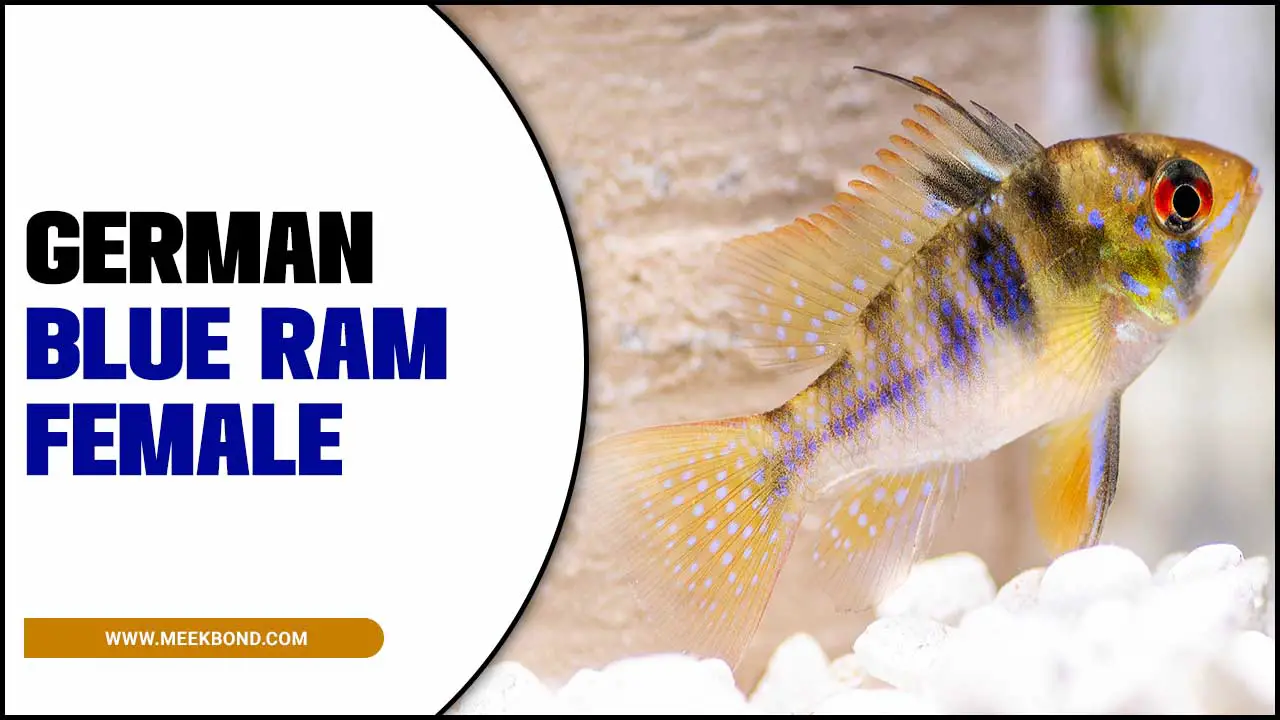Pregnant-bettas require special care and attention to ensure the health and well-being of the mother and her unborn fry. Providing a separate tank for the pregnant betta is important, as they can become aggressive towards other fish during this time.
The tank should be equipped with plenty of hiding places, such as plants or caves, where the betta can retreat when she needs pri nvacy. Here we’ll cover everything you need about betta fish pregnancy and breeding. We’ll break down the breeding cycle of bettas, discuss how they breed and lay eggs, and provide tips on caring for pregnant bettas and their fry post-hatching. So let’s get started on mastering pregnant betta care.
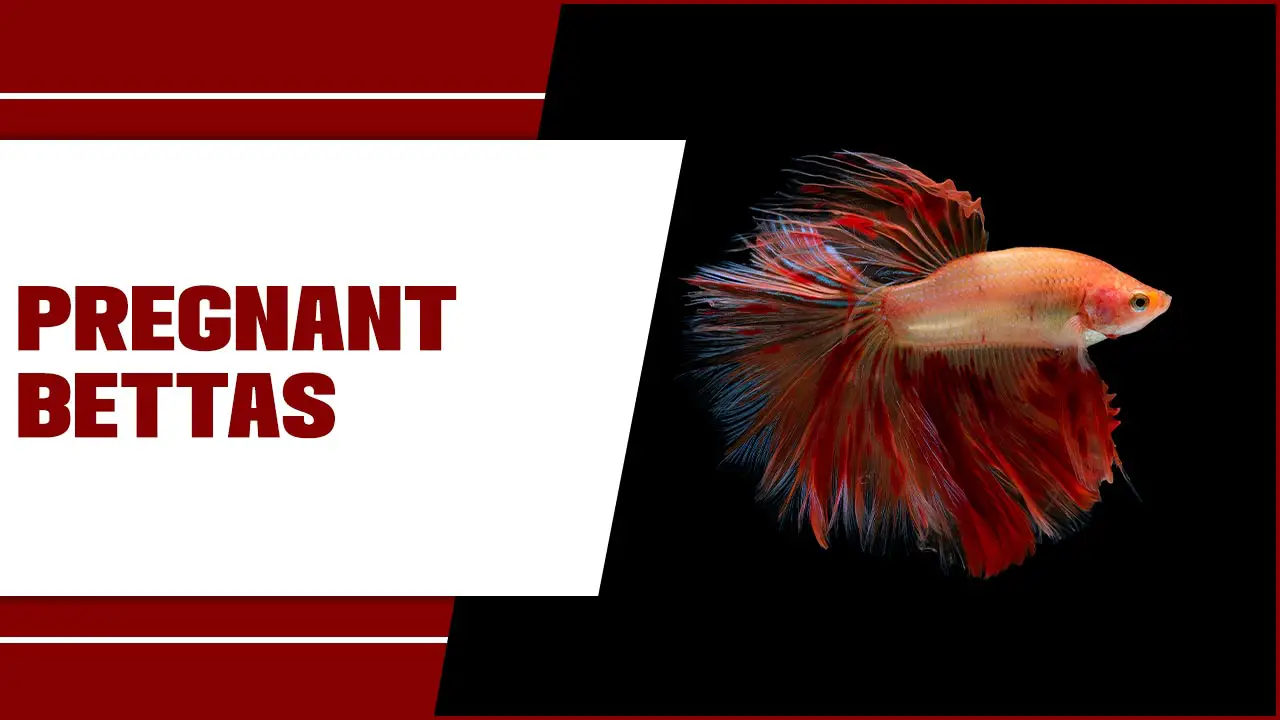
Mastering Pregnant Betta Care: A Comprehensive Guideline
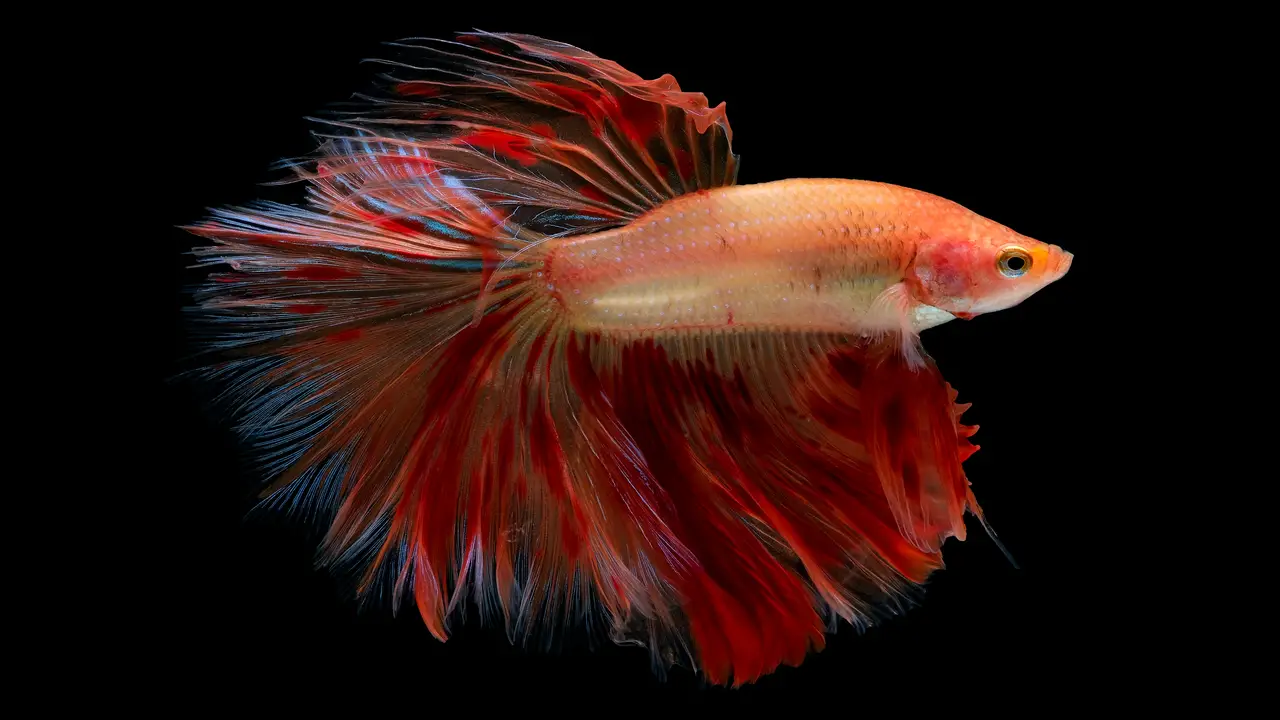
Understanding the breeding process of bettas and identifying signs of pregnancy is crucial. Creating an ideal environment with proper water temperature, filtration, and lighting ensures the well-being of pregnant bettas. Providing adequate nutrition for the pregnant betta and their fry is essential.
Regularly monitoring the health of the pregnant betta throughout the pregnancy and after birth is important. Preparing for the birth of the fry and ensuring their care until they are mature enough for a separate tank is necessary.
Betta Fish Pregnancy
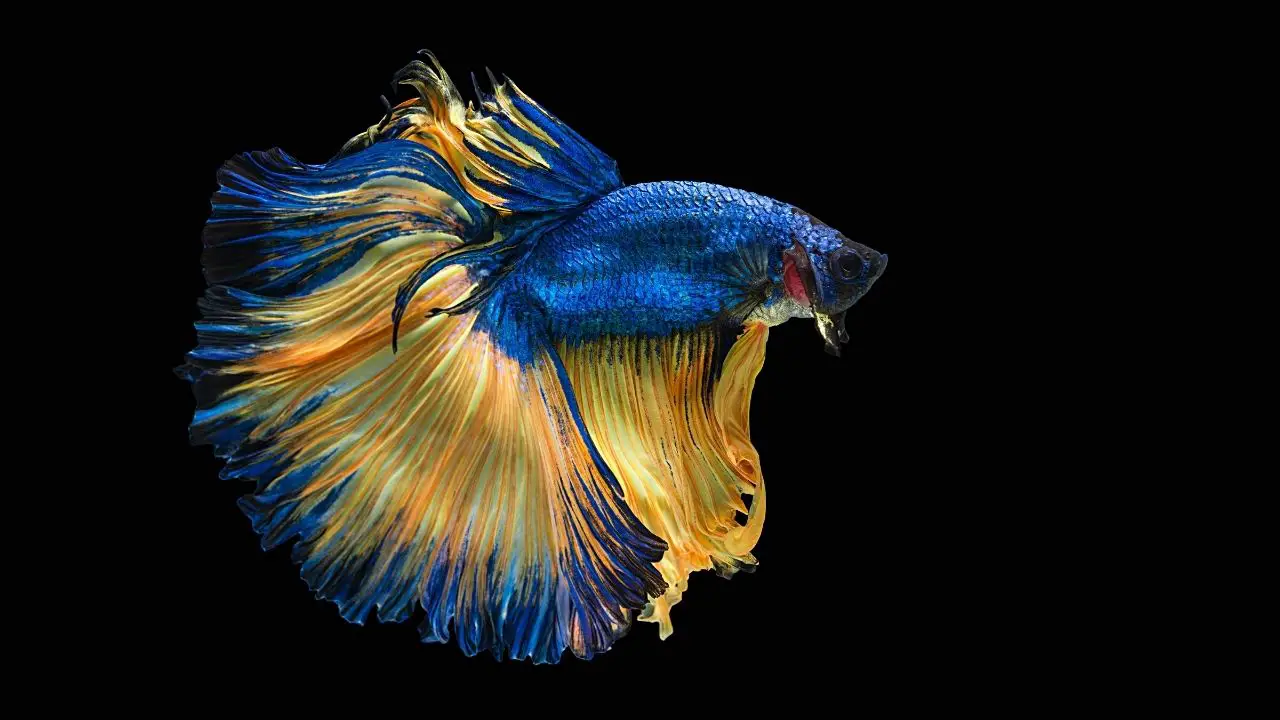
Understanding the betta fish breeding process is crucial for identifying a pregnant female betta. Proper housing and feeding are essential for both the health of the pregnant betta and her fry.
Monitoring the pregnancy involves observing the betta’s behavior and physical changes while being prepared for possible complications. Preparing for the birth requires setting up a separate tank for the fry and ensuring all necessary supplies are ready. Nurturing the fry is important to ensure its survival and growth.
The Breeding Cycle Of Bettas
Bettas have a unique breeding process characterized by external fertilization. Once the female betta lays eggs, the male fertilizes them. After successful fertilization, the female’s abdomen becomes noticeably rounder, and she begins to lay eggs.
The male betta then collects the eggs and places them in a bubble nest, which will be cared for until they hatch. It is crucial to maintain proper temperature and water conditions throughout the breeding cycle to ensure the health and survival of the fry. After breeding, separating the male and female bettas is important to prevent aggression and potential harm to the female.
Identifying A Pregnant Betta Fish
To identify a pregnant Betta fish, look for a visibly distended belly on the female. The gravid spot, a dark spot near the tail, may also become more pronounced. A pregnant Betta may display changes in behavior, such as increased aggression or lethargy. It’s important to separate the pregnant Betta from male Bettas and provide a comfortable aquarium environment. If you need additional guidance on caring for pregnant Bettas, consult a veterinarian or experienced fish breeder.
Key Notes About Betta Fish Breeding
Proper tank setup and conditioning are essential for successful betta fish breeding. Patience and attention to detail are crucial during the breeding process. Male bettas build bubble nests in preparation for spawning, while females lay eggs that the male fertilizes. Once spawning is complete, separating the male and female bettas is important to prevent aggression. Following these keynotes can increase your chances of a successful betta fish breeding experience.
Common Signs Of Pregnancy In Betta Fish
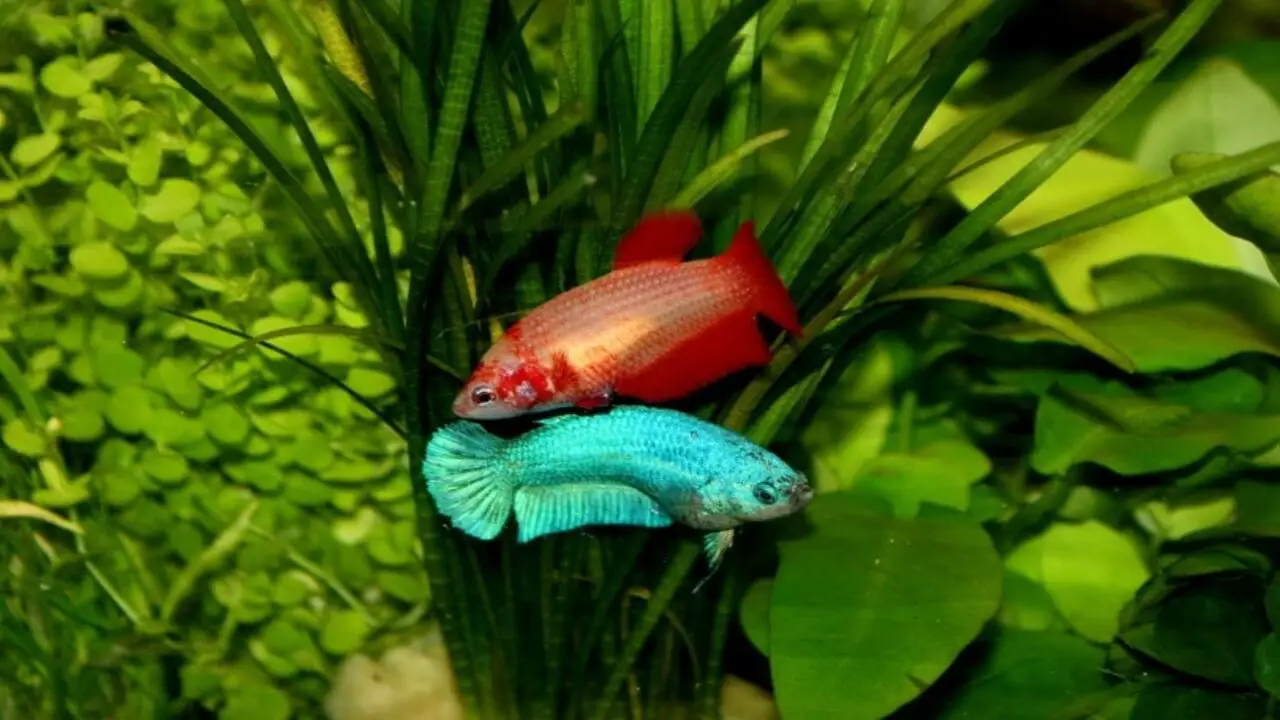
When determining if a female betta fish is pregnant, there are several common signs to look out for. One of the key indicators is a swollen belly, which is a clear indication of pregnancy in female bettas. Additionally, observing the behavior of the male betta can provide valuable insights as they will often build bubble nests to prepare for the arrival of the eggs.
It’s important to also pay attention to any changes in water quality and temperature, as these can impact the pregnancy. Moreover, watch the female betta’s behavior, as she may become more aggressive during this time. To ensure a successful pregnancy and the birth of healthy offspring, it is crucial to provide proper care and create a suitable breeding environment for the pregnant betta fish.
Physical Changes In Pregnant-Bettas
During pregnancy, female bettas may experience several physical changes. One noticeable change is a rounder belly, indicating the presence of eggs. Their coloring, particularly in the belly area, can also become more vibrant.
Additionally, some pregnant-bettas develop a visible white spot on their bellies. To ensure pregnant-bettas’ health, it is crucial to provide them with a clean and spacious tank to reduce stress. A balanced diet, rich in high-quality protein sources, can further support their well-being.
Behavioral Changes In Pregnant-Bettas
During pregnancy, female bettas may exhibit behavioral changes. They can become more territorial and aggressive towards other fish in the tank. You may also notice a change in their appetite, with some bettas eating more or less than usual.
Pregnant-bettas may spend more time resting near the bottom of the tank. Additionally, female bettas may develop a swollen abdomen as they carry their eggs. These behavioral changes can serve as indicators of pregnancy and should be observed closely.
How Do Bettas Breed?
Betta fish are known to breed through courtship and egg release. During this process, the male betta creates a bubble nest, a haven for the eggs and fry. The male chases the female, and once she is ready, they embrace and release eggs and sperm. After mating, the male takes care of the eggs and fry in a separate breeding tank.
It is important to note that bettas are not social creatures and should be kept in separate tanks to avoid any aggression toward each other. Additionally, it is recommended to provide them with plenty of hiding spots, plants, and aquarium decor to mimic their natural habitat. Proper care and attention can lead to successful breeding and healthy offspring.
The Role Of The Male Betta In Breeding
Male bettas play a crucial role in the breeding process. They build bubble nests to protect and incubate the eggs. To court the female, they flare their fins and display vibrant colors. Once the female releases her eggs, the male fertilizes them and collects them in his bubble nest. The male’s responsible for guarding the eggs and ensuring they receive enough oxygen. A healthy and stress-free environment for both male and female bettas is essential for successful breeding.
The Role Of The Female Betta In Breeding
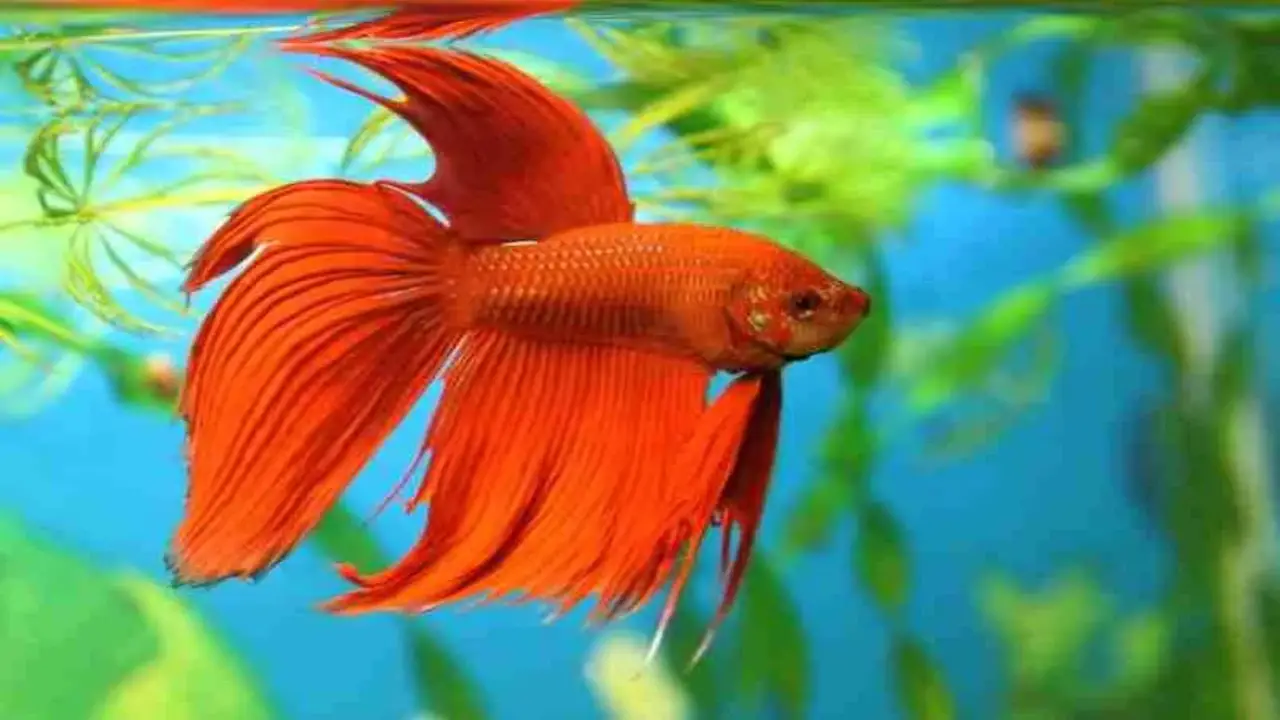
Female bettas play a pivotal role in breeding as they carry and lay eggs. Creating a suitable environment for the female betta is crucial, including providing hiding places and maintaining proper water conditions. Ensuring the female betta is well-fed and healthy before breeding is essential to increase the chances of successful reproduction.
Once the eggs are laid, removing the female betta from the breeding tank is important to prevent her from consuming the eggs. Breeding bettas requires patience, as reproduction may take time, and multiple attempts might be necessary.
Betta Fish Egg Laying Process
Understanding the unique breeding process of Betta fish is crucial for their egg-laying process. Setting up a specific breeding tank with the right water temperature and quality. Carefully introducing the male and female Bettas can help avoid aggression and maximize successful breeding. Monitoring spawning is important, as the male creates a bubble nest for the eggs. Once the fry hatch, they require specialized care, including feeding and housing.
How Many Eggs Do Bettas Typically Lay?
Bettas typically lay anywhere from 10 to 500 eggs, with the average number ranging from 100 to 300. The number of eggs can vary depending on the breed and age of the fish. A suitable breeding environment, including a bubble nest, is essential for successful egg-laying. Proper care and maintenance are crucial for the survival of the eggs and fry.
The Appearance Of Betta Fish Eggs
Betta fish eggs have a gel-like texture and are small and transparent. They are usually laid on the water’s surface or floating plants. Once the eggs are laid, the male betta fish will carefully scoop them up in his mouth and place them in the bubble nest he created.
To prevent the female betta from eating the eggs, removing her from the tank is important. Proper care and maintenance of the tank and water quality are essential for successful hatching and the survival of the betta fry.
Caring For A Pregnant Betta Fish
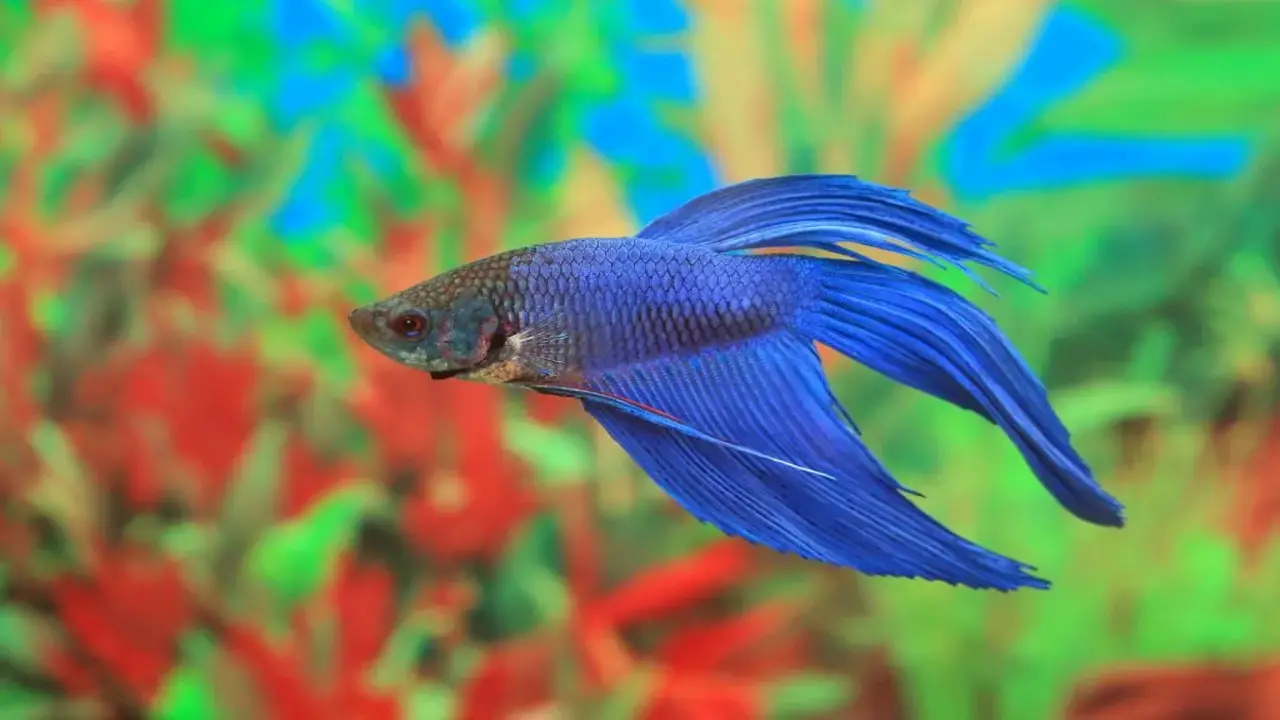
To ensure the well-being of your pregnant Betta fish, it is important to recognize the signs of pregnancy. Creating a suitable environment includes providing a comfortable and safe space for your pregnant Betta fish and preparing for the fry’s birth. Feeding during pregnancy requires the right diet, such as brine shrimp or bloodworms, to provide proper nutrition. After your Betta fish gives birth, caring for the fry and providing them with the necessary support to thrive is crucial.
Ideal Tank Conditions For Pregnant-Bettas
To ensure pregnant-Bettas’ health and well-being, providing them with an ideal tank environment is essential. This includes maintaining a clean and spacious aquarium at around 80°F. A heavily planted tank provides hiding spots for the pregnant Betta and helps improve water quality. It is crucial to avoid overcrowding and aggressive tank mates, as they can cause stress to the pregnant Betta. Regular water changes and a reliable filter will help keep the tank water clean.
Recommended Diet for Pregnant-Bettas
Regarding the recommended diet for pregnant-bettas, it is important to provide them with a specialized diet that caters to the specific needs of both the mother and her growing fry. High-quality protein-rich foods like brine shrimp and bloodworms are ideal for pregnant-bettas, as they provide the essential nutrients required to develop healthy offspring.
Feeding smaller portions multiple times a day is preferable to larger portions simultaneously, as it ensures that the betta receives a steady supply of nutrients without overeating. Offering various food options helps keep the betta interested and ensures a balanced diet. By following these dietary guidelines, you can ensure the health and vitality of your pregnant betta and her fry.
Caring For Betta Fry Post-Hatching
Once the betta fry has hatched, separating them from the adult bettas is important to avoid aggression. Provide them with their own tank where they can grow and develop. To ensure their nutritional needs are met, offer a suitable diet for the fry, such as infusoria or baby brine shrimp.
Regular water changes and filtration are crucial to maintaining clean water conditions in the fry tank. Monitor the growth of the fry and separate them by size if necessary. As they mature, gradually introduce them to larger tanks.
Feeding And Growth Of Betta Fry
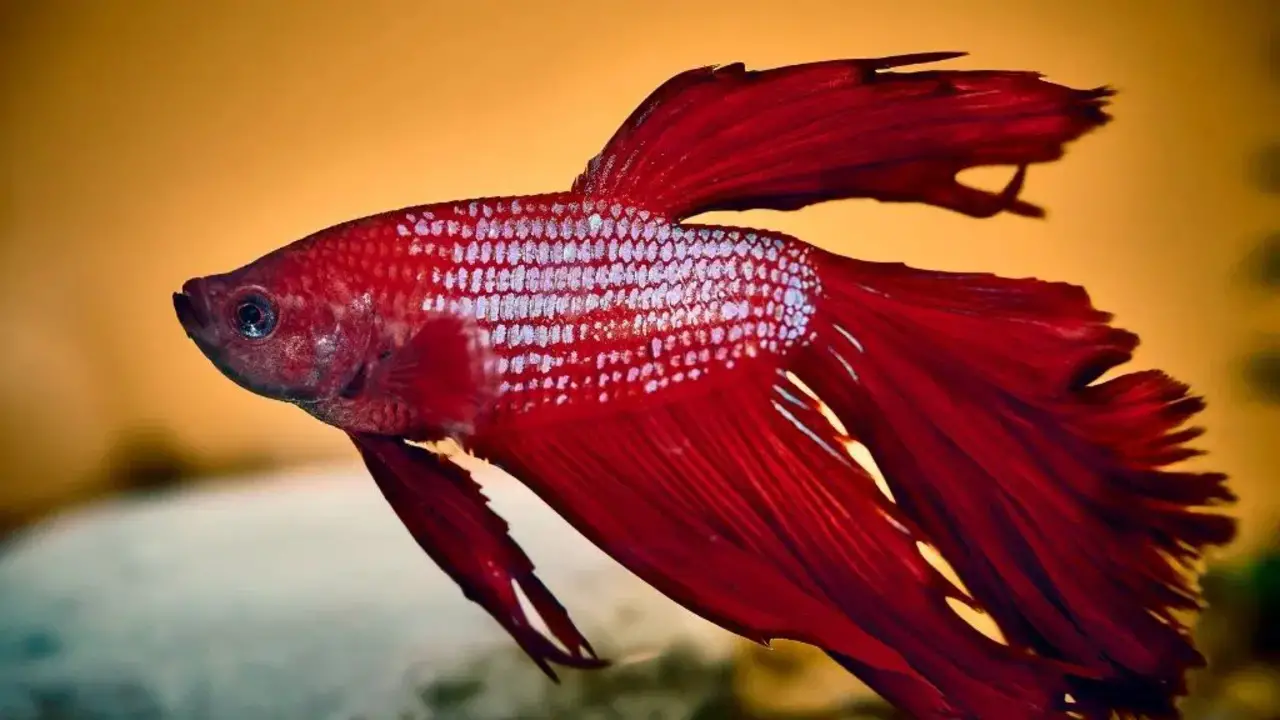
To ensure the healthy growth of betta fry, it is important to feed them frequently live or frozen foods. However, overfeeding should be avoided as it can lead to water quality issues and stunted growth. Gradually increasing the size of food particles helps develop the fry’s digestive system.
Additionally, keeping betta fry in a separate tank with clean and warm water minimizes stress and disease. Regular water changes and careful monitoring of water parameters are crucial for successful betta fry growth.
Conclusion
taking care of a pregnant Betta fish requires patience and diligence, but it can also be a rewarding experience. Providing a comfortable and stress-free environment for the fish is essential to ensure a successful pregnancy and healthy fry. By following the guidelines outlined in this comprehensive guide, you can master the art of pregnant Betta care and ensure the mother’s and her offspring’s well-being.
Monitor the fish closely and adjust as needed to provide optimal care throughout the pregnancy. With the right care, your Betta fish can thrive and bring joy to your aquarium for years. We hope you now understand pregnant bettas.
Frequently Asked Questions
What Is A Betta Fry?
A Betta fry refers to a baby Betta fish that measures around 1/4 inch in length upon hatching. It is crucial to separate them from adult Bettas as aggression may occur. Feeding small amounts multiple times a day is essential for their growth.
What Should I Do If My Betta Fish Is Pregnant?
If you suspect your female betta has eggs, create a suitable breeding area. Monitor male behavior, as they may become aggressive towards females with eggs. After hatching, remove the fry and provide them with proper care.
How Long Are Betta Fish Pregnant For?
Betta fish are not technically pregnant, but rather they carry eggs. The female betta can carry the eggs for up to two weeks before laying them in a bubble nest made by the male. Once laid, it takes about 24-36 hours for the eggs to hatch. Providing a safe and comfortable environment for the female betta during this time is crucial.
Is Your Betta Fish Pregnant?
Can betta fish get pregnant? While they don’t get pregnant traditionally, female bettas can develop eggs, which may cause a swollen belly or a “gravid spot.” Male bettas build bubble nests when ready to mate. If you suspect your betta is unwell, consult a veterinarian specializing in fish care.
Are Your Bettas Ready To Breed?
Signs that indicate your bettas are ready to breed include the male building a bubble nest and the female displaying vertical stripes on her body. It’s important to ensure the overall health of both male and female bettas before attempting to breed them. Consult with experts or conduct thorough research beforehand.

Aquarium passion is all about connecting with the aquatic life and providing education to the public on the importance of these creatures. We showcase a wide variety of marine life through our exhibits as well as working with schools to provide unique learning opportunities for students of all ages.




